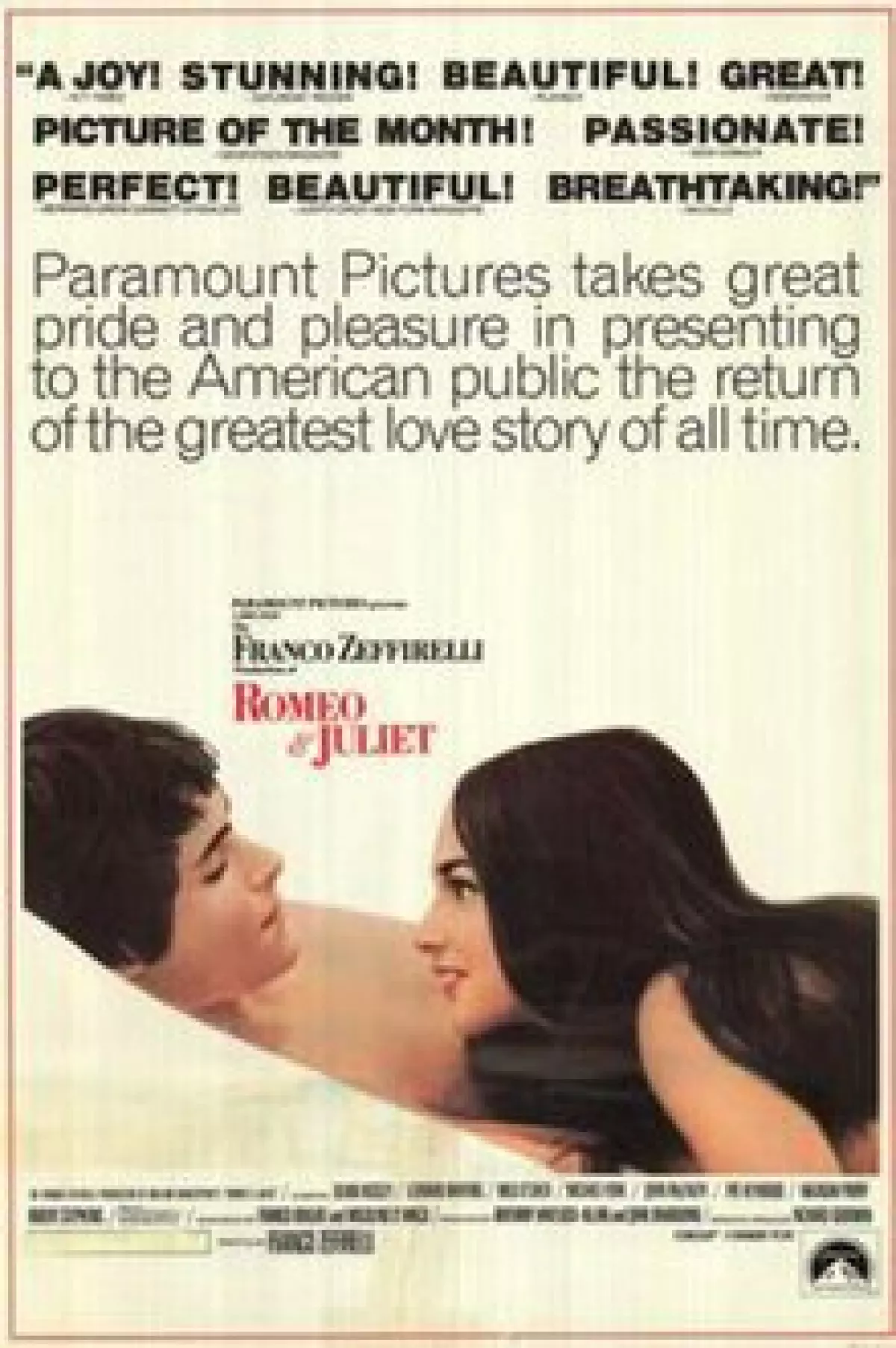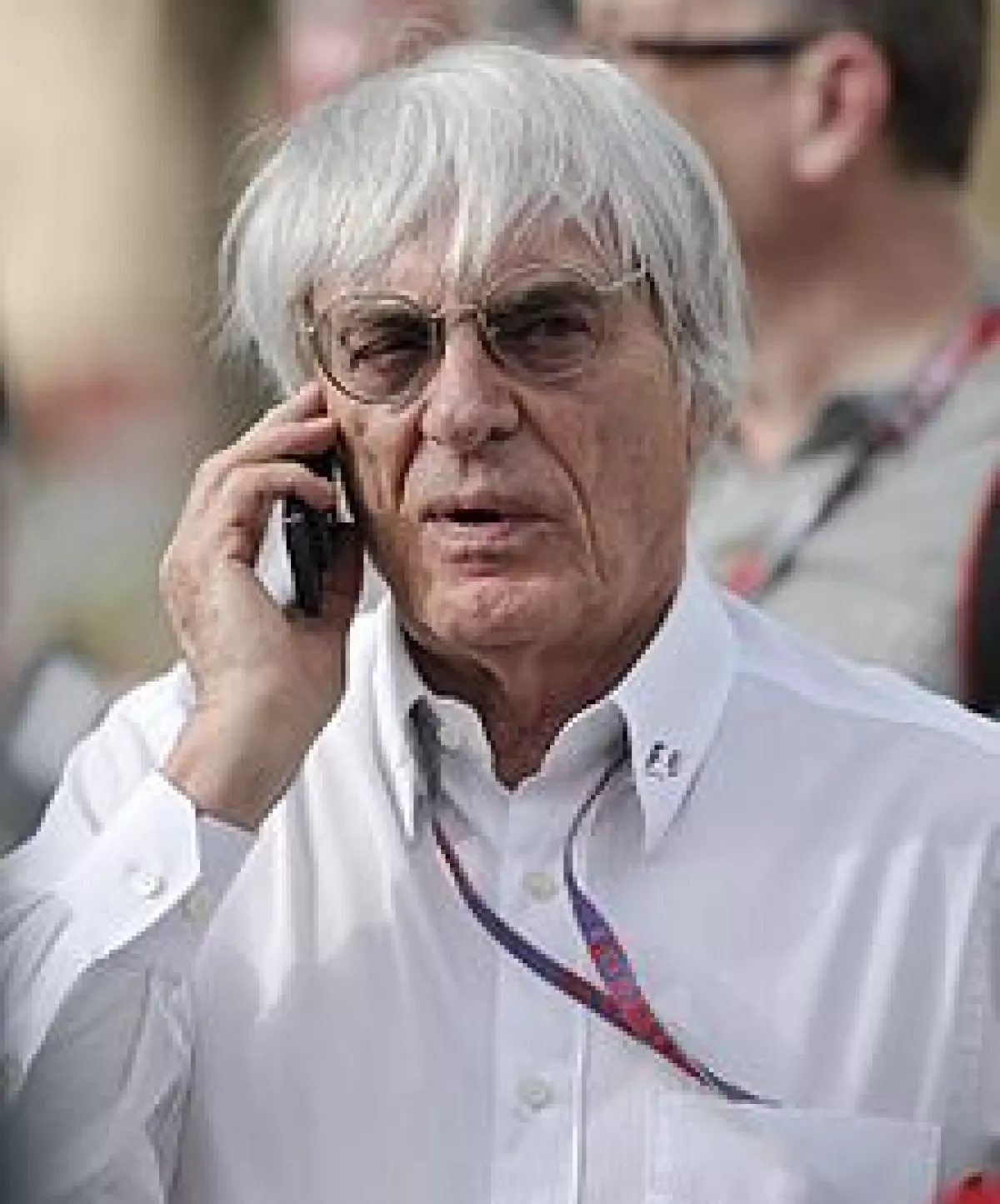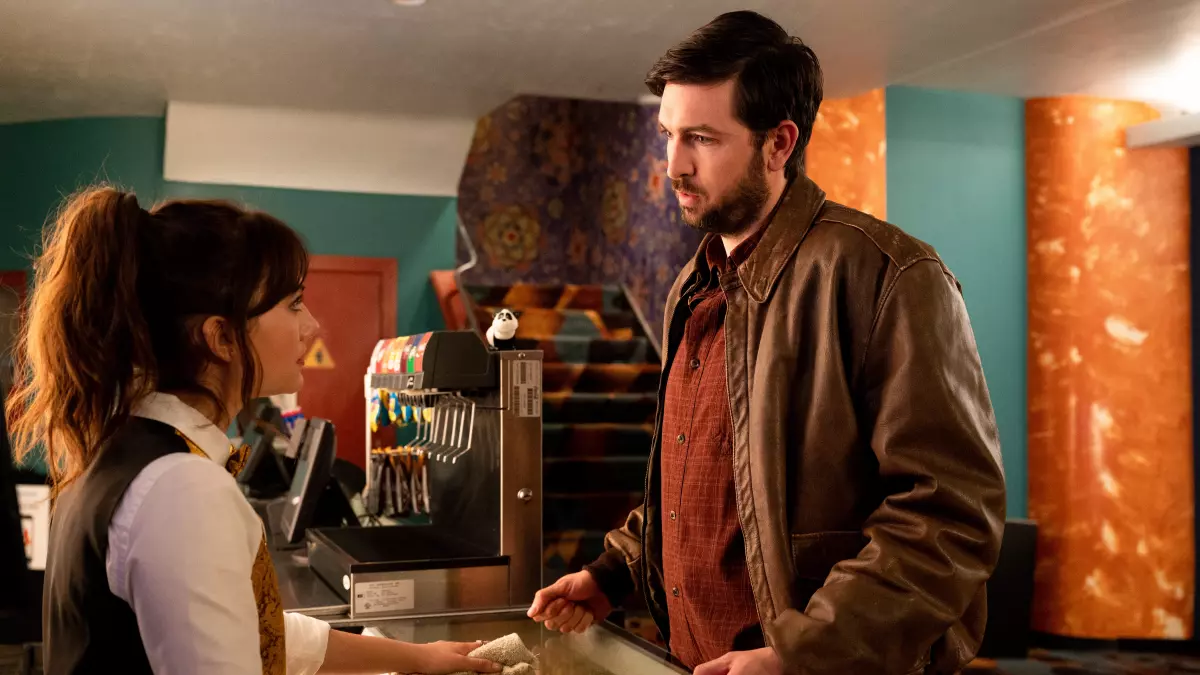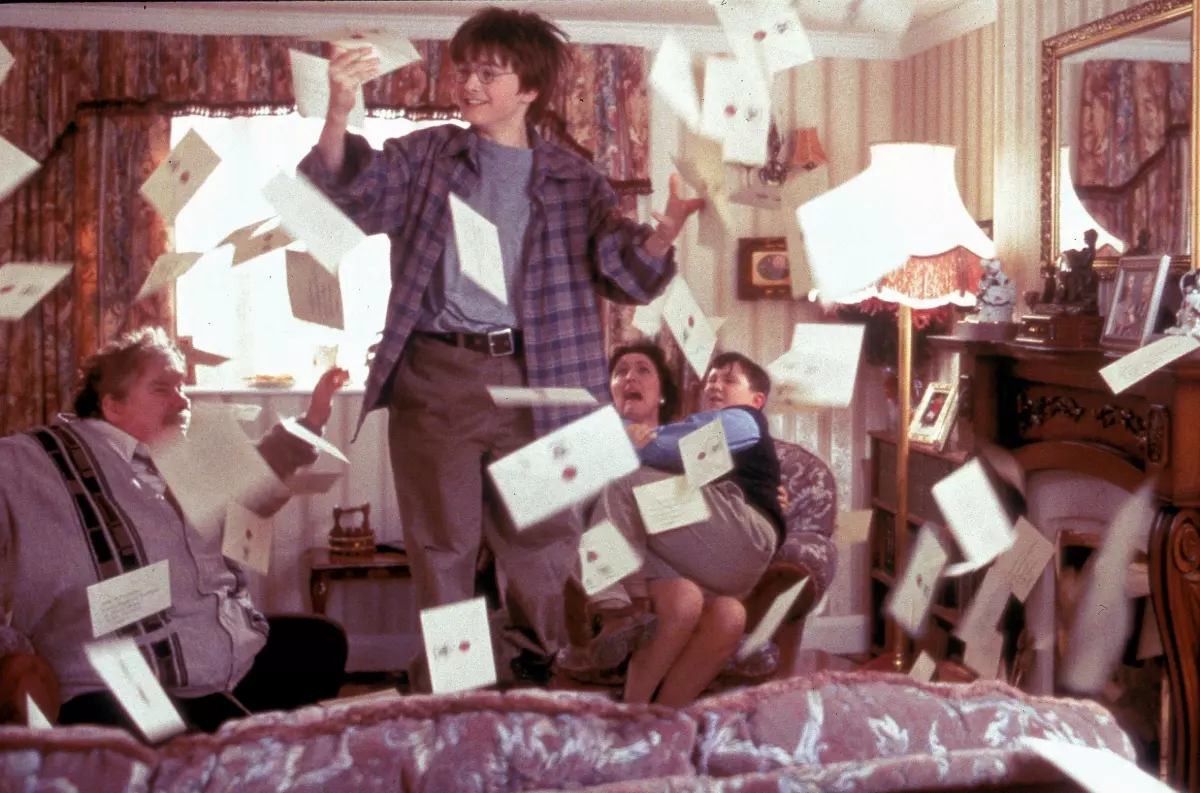 Franco Zeffirelli and Olivia Hussey while filming Romeo and Juliet in 1967
Franco Zeffirelli and Olivia Hussey while filming Romeo and Juliet in 1967
Romeo and Juliet, the 1968 film directed by Franco Zeffirelli, brings to life one of the most iconic love stories ever written. Based on the timeless play by William Shakespeare, this period romantic tragedy captivates audiences with its poignant tale of forbidden love. Starring Leonard Whiting as Romeo and Olivia Hussey as Juliet, the film showcases their incredible chemistry and youthful energy. Laurence Olivier's resonant voice as the narrator adds a touch of gravitas to the film. With its impressive production values and compelling performances, Romeo and Juliet remains a cinematic masterpiece.
A Classic Tale of Love and Loss
The film begins in the picturesque streets of Verona, where a long-standing feud between the Montague and Capulet families erupts into a violent brawl. The Prince intervenes and warns both clans of the dire consequences if their violence continues. That night, fate brings Romeo and Juliet together at a masked ball, and they instantly fall in love. Their passionate romance unfolds against the backdrop of familial strife and social expectations.
As their love deepens, Romeo and Juliet face numerous obstacles. Juliet's cousin, Tybalt, challenges Romeo to a duel, leading to a tragic turn of events that sets in motion a series of heart-wrenching events. Their secret marriage, orchestrated by Friar Laurence, becomes a source of hope amid the chaos. However, misunderstandings and relentless societal pressures push the star-crossed lovers to the brink.
Captivating Performances and Stunning Cinematography
Zeffirelli's direction brings out the best in his young protagonists. Leonard Whiting and Olivia Hussey infuse their characters with genuine emotion and vulnerability. Their performances perfectly capture the impulsive nature of young love, making audiences root for their happiness despite the odds.
The film's cinematography by Pasqualino De Santis paints a visually stunning picture of 14th century Renaissance Italy. From the enchanting balcony scene set in the Palazzo Borghese to the dramatic tomb scene in Tuscania, each location adds depth and authenticity to the story. The exquisite costume design by Danilo Donati transports viewers to the splendor of the time period.
Timeless Themes and Lasting Impact
Romeo and Juliet's enduring appeal lies in its exploration of universal themes such as love, fate, and the destructive power of feuds. The film resonates with audiences across generations, reminding us of the consequences of prejudice and the strength of true love.
Upon its release, Romeo and Juliet became a cultural phenomenon, particularly among teenagers. It was the first film to cast actors close in age to the characters from Shakespeare's play, giving it an authenticity that struck a chord with young viewers. Critics hailed the film for its artistic merit and it received multiple Academy Award nominations and wins.
The Soundtrack that Echoes Through Time
Nino Rota's hauntingly beautiful score for Romeo and Juliet continues to captivate audiences. The film's "Love Theme from Romeo and Juliet" has become an iconic melody, with various versions recorded over the years. Notably, Henry Mancini's instrumental rendition became a chart-topping hit in the United States.
A Timeless Masterpiece
Romeo and Juliet, with its mesmerizing performances, breathtaking visuals, and unforgettable story, stands the test of time as a cinematic masterpiece. Zeffirelli's adaptation remains the definitive cinematic portrayal of Shakespeare's timeless tragedy. Its enduring legacy serves as a testament to the power of love and the enduring impact of the human spirit.
Disclaimer: The lawsuit mentioned in the original article has been omitted to focus on the film and its impact.















